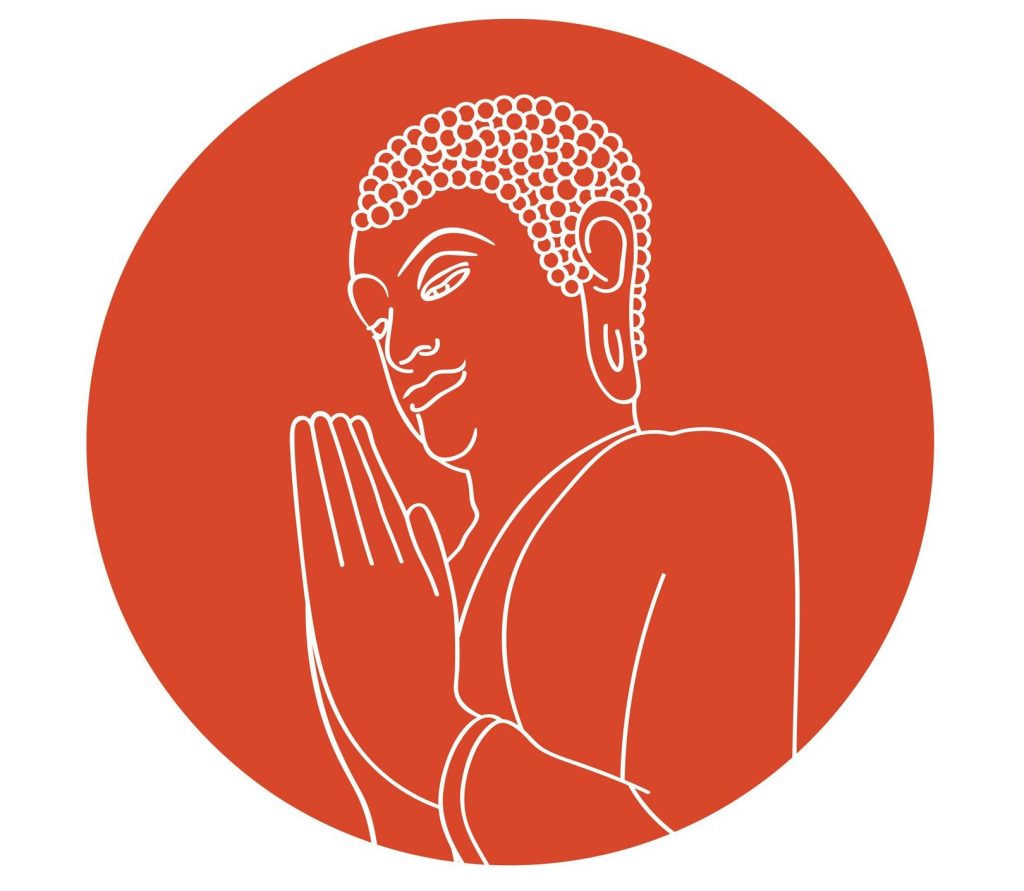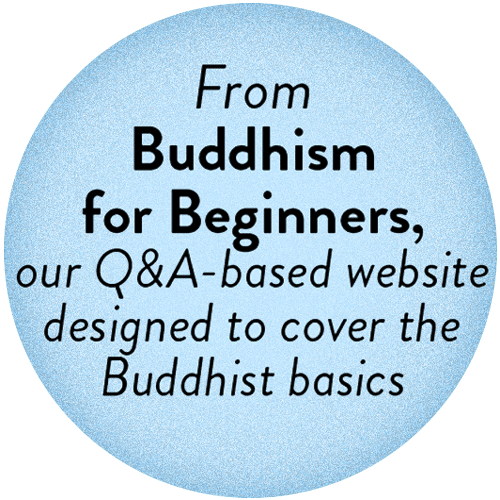Buddhism began in the mid-first millennium BCE, in what is now northeastern India, where the Buddha gave his teachings and established the first order of monks and nuns. These early Buddhists traveled from village to village, offering teachings for alms.
The spread of Buddhism beyond northern India began during the reign (c. 268–232 BCE) of Ashoka, whose empire included most of today’s India and a large part of Afghanistan and Pakistan. Ashoka sent Buddhist missionaries to all parts of his empire, to Sri Lanka, and as far away as Egypt and Greece.
Under Ashoka’s rule, Buddhism was established in Gandhara (the ancient name for the region of the Peshawar and Swat valleys of today’s Pakistan) and spread west from there into central Asia. The artists of Gandhara and central Asia produced exquisite Buddhist art, including what may be the earliest depictions of the historical Buddha.
In the first century CE, Buddhist missionaries from Gandhara and central Asia began following merchants traveling east on the Silk Road into northern China. At the same time, monks from India traveled, mostly by sea, to southern China and southeast Asia, including Indonesia.
Chinese Buddhism, which developed into several unique schools such as Pure Land and Chan (Zen), was introduced to the Korean Peninsula in the 4th century and to Japan (initially by Korean monks) in the 7th century.
In 641 a Chinese princess was given in marriage to the king of Tibet, and she introduced Buddhism to the Tibetan court. However, most of the first Buddhist teachers in Tibet were associated with Indian lineages.
Buddhism in southeast Asia—Cambodia, Laos, Myanmar, Thailand— came to be dominated by Theravada, a tradition that was brought to Sri Lanka. Both Theravada and Chinese forms of Buddhism (Zen and Pure Land) are found in Vietnam.
Asian immigrants brought Buddhism to North America in the 19th century. At the same time, scholars in European colonies in Asia began producing translations of Buddhist texts, which drew the attention of thinkers such as Arthur Schopenhauer and Ralph Waldo Emerson. In the 20th century, increasing numbers of non-Asian Westerners began to practice Buddhism.
In time Buddhism would disappear from Afghanistan, Pakistan, and India, and very nearly from Indonesia, although it has been reintroduced to India and Indonesia in modern times. Today, some 500 million people practice Buddhism worldwide, with nearly 1.5 million in the United States.
Thank you for subscribing to Tricycle! As a nonprofit, we depend on readers like you to keep Buddhist teachings and practices widely available.

